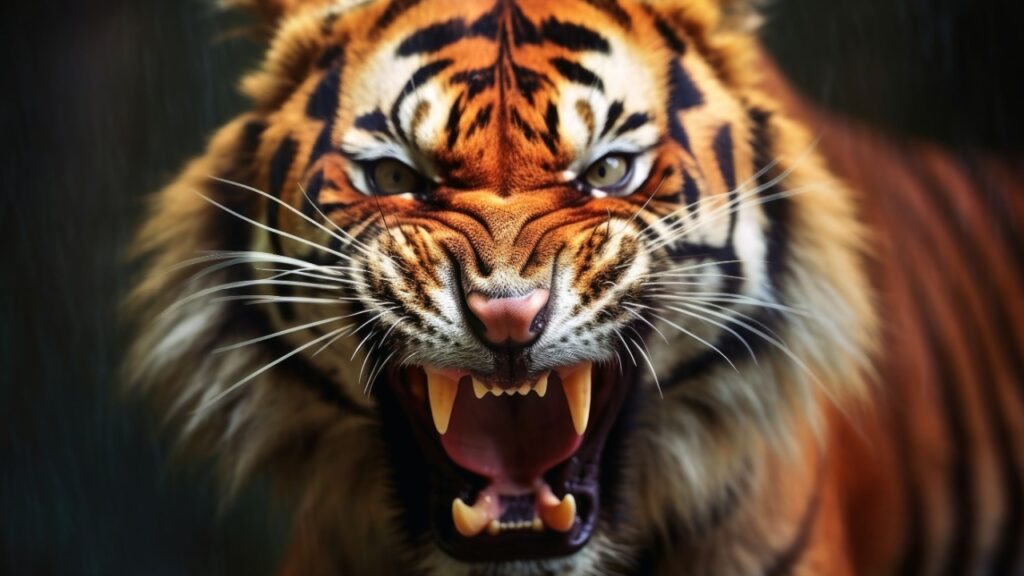When we think of big cats like lions, tigers, and leopards, we often picture them as the ultimate predators. But even these mighty hunters have their own threats to face. From microscopic bacteria to unexpected animal adversaries, here’s a look at some of the organisms that can take down a big cat.
Humans
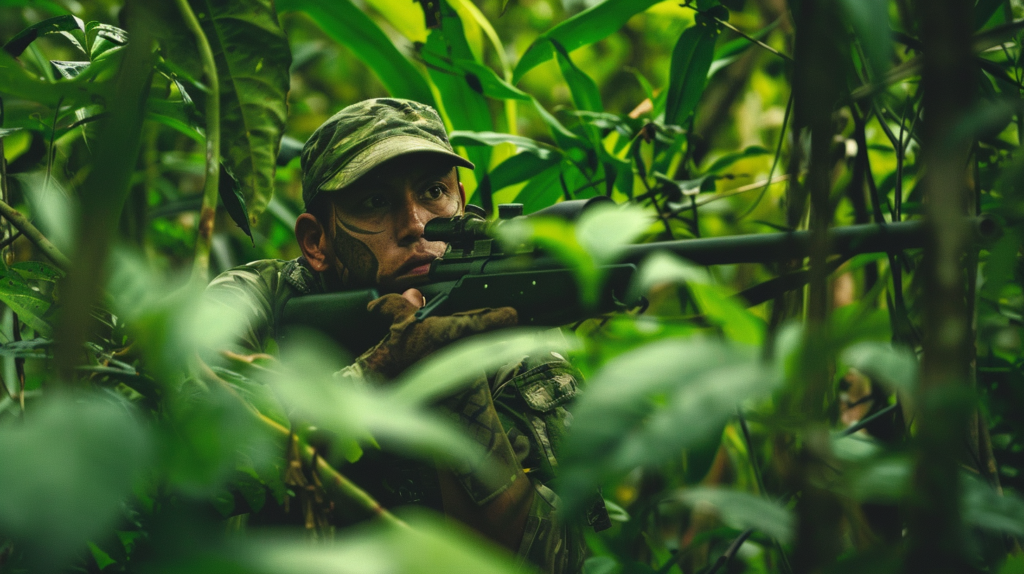
Humans are the most significant threat to big cats worldwide. Through hunting, habitat destruction, and conflict over livestock, we’ve drastically reduced big cat populations. In some areas, big cats are hunted for their fur, bones, and other body parts used in traditional medicines. Conservation efforts are ongoing, but human activity remains the biggest danger to these magnificent animals.
Crocodiles
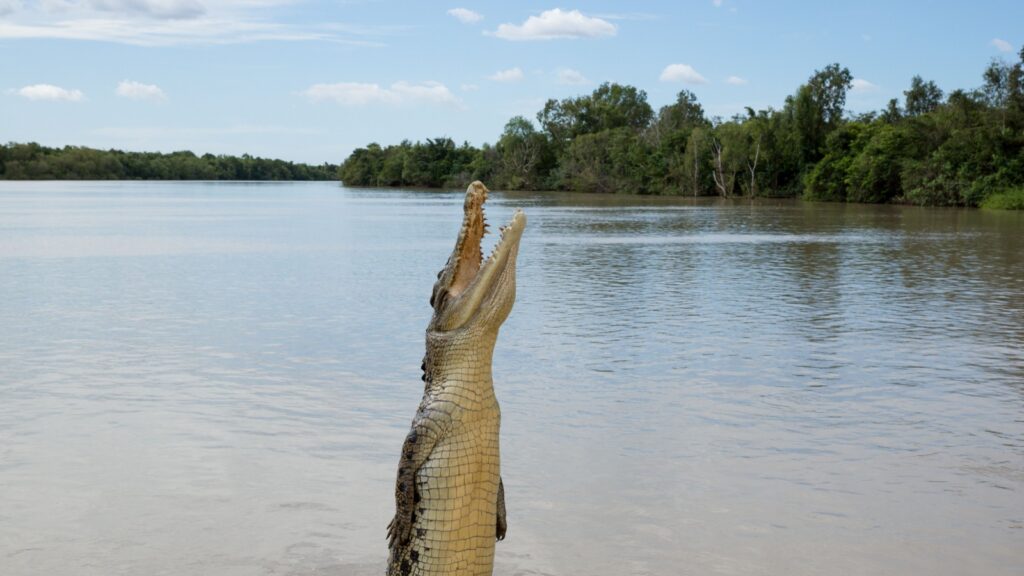
Crocodiles are ambush predators that can take down even the largest big cats. They lurk in water sources that big cats visit to drink, striking with lightning speed. Their powerful jaws and ability to drag prey underwater make them formidable opponents. In areas where their habitats overlap, crocodiles occasionally prey on tigers, lions, and leopards.
African Wild Dogs
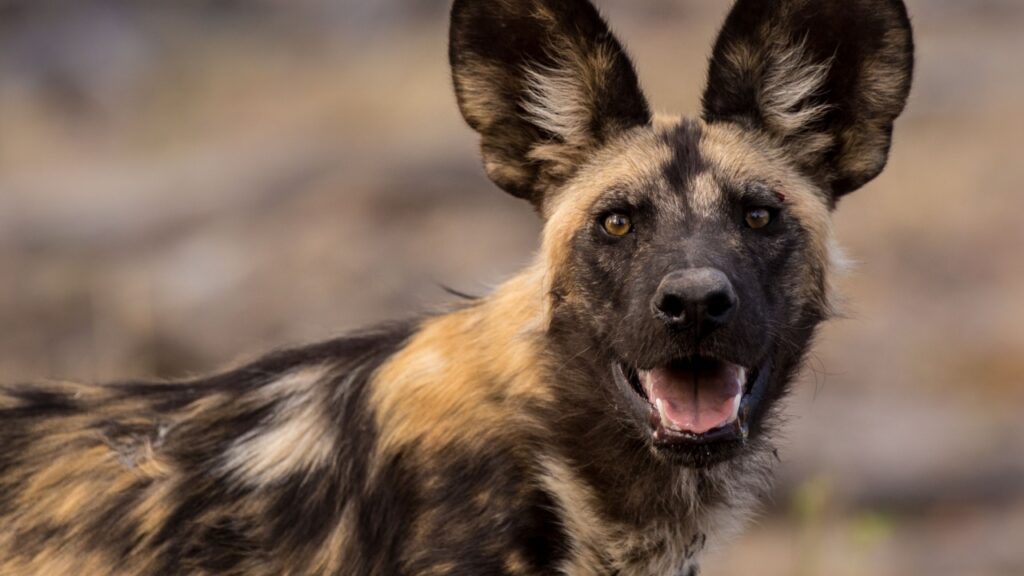
These social canines hunt in packs, taking down prey much larger than themselves. While they typically go after smaller animals, they’ve been known to attack and kill lion cubs. Their coordinated hunting style and stamina can wear down larger predators. In some cases, they’ve even been observed chasing adult lions away from their kills.
Hyenas
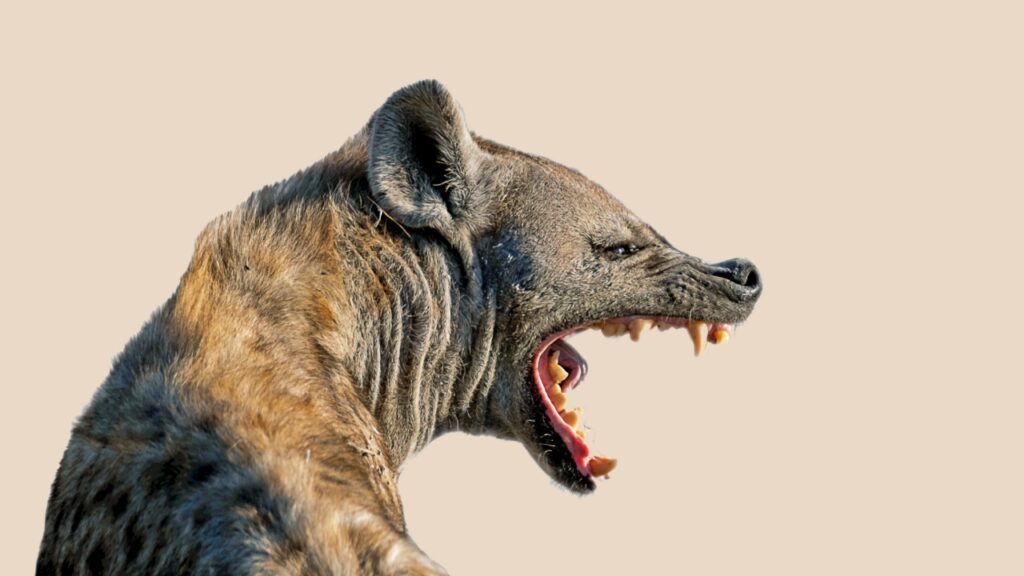
Contrary to popular belief, hyenas aren’t just scavengers. They’re skilled hunters that sometimes target big cats, especially cubs. In large groups, they can intimidate and drive away adult lions from their kills. There’s a long-standing rivalry between lions and hyenas, with both species competing for food and territory.
Other Big Cats
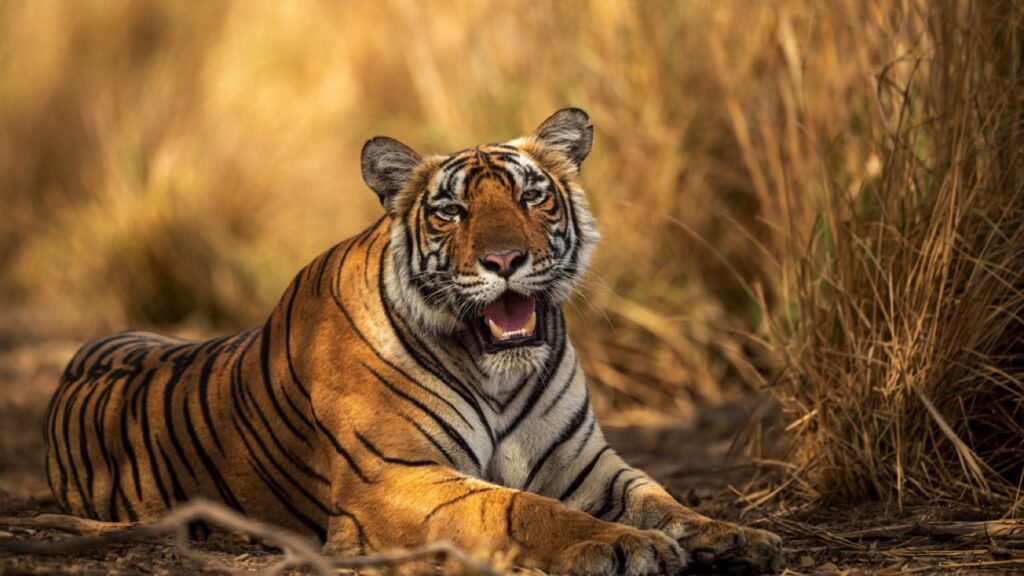
Sometimes, the biggest threat to a big cat is another big cat. Tigers have been known to kill and eat leopards. Male lions often kill cubs that aren’t their own. Competition for territory and resources can lead to deadly conflicts between different species of big cats, or even within the same species.
Snakes

Large constrictors like pythons and anacondas can prey on big cats, especially younger or smaller individuals. These snakes use their powerful bodies to squeeze the life out of their prey. In some regions, venomous snakes like king cobras pose a threat to big cats, though such encounters are rare.
Birds of Prey
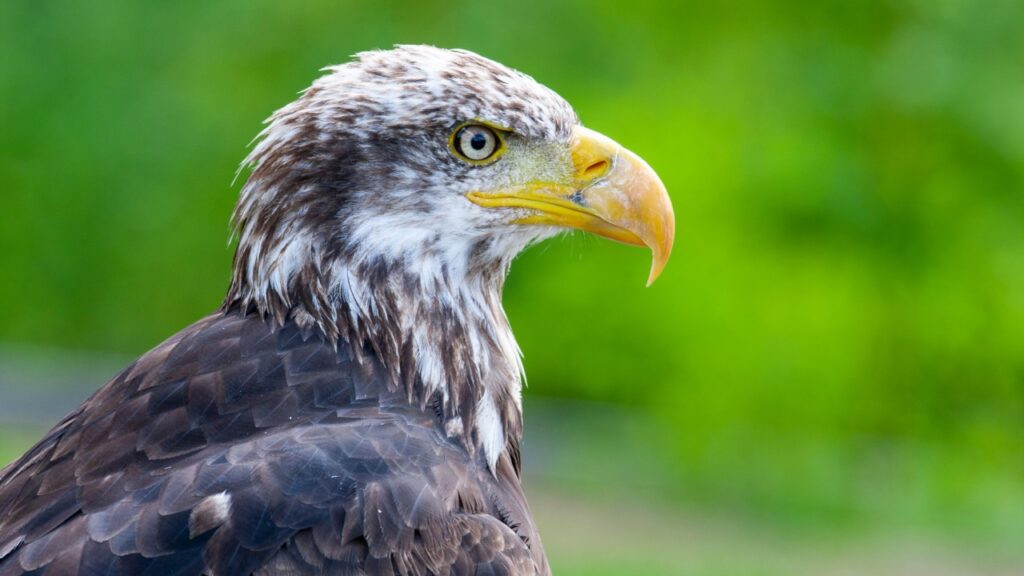
While it’s uncommon, some large birds of prey have been known to attack big cat cubs. Eagles, in particular, might target very young leopard or cheetah cubs left alone. These attacks are opportunistic and don’t happen often, but they do occur in some habitats where the species overlap.
Wolves
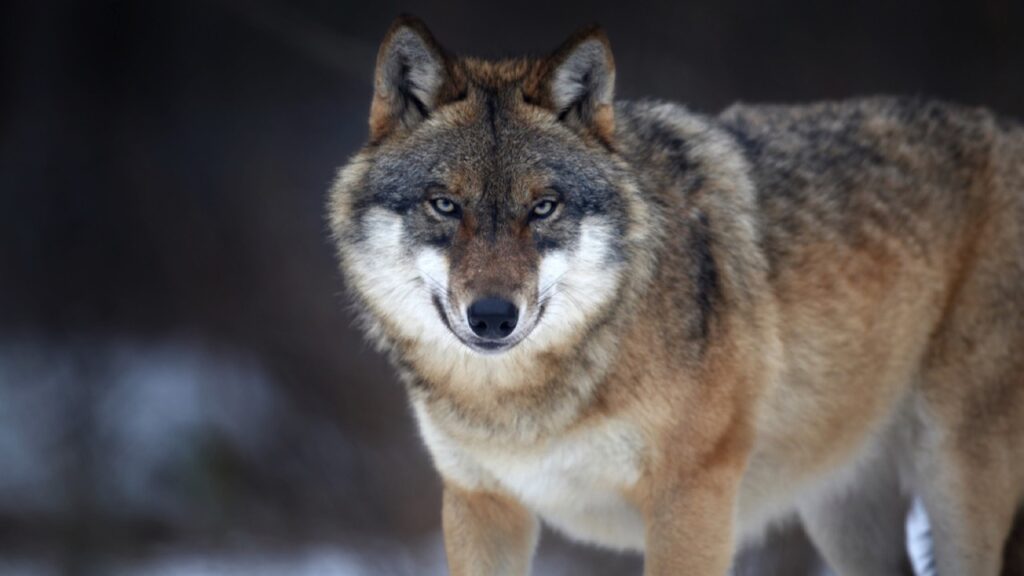
In areas where their ranges overlap, wolves can pose a threat to big cats. While they typically avoid each other, wolves hunting in packs can take down a solitary big cat. This is more common with smaller big cats like leopards or young tigers. The outcome of wolf-big cat encounters often depends on the numbers involved and the specific circumstances.
Bears
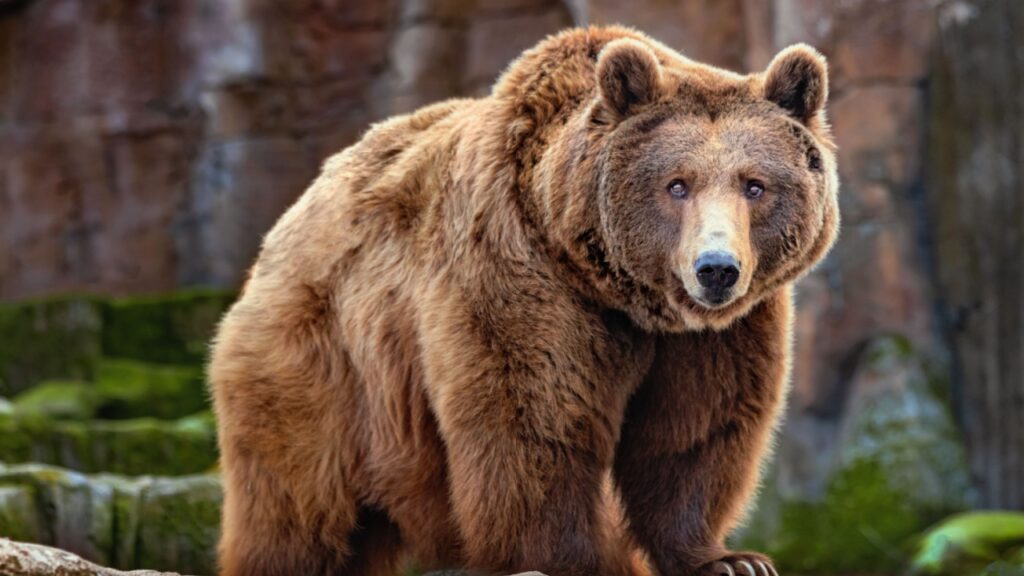
In regions where bears and big cats coexist, conflicts can occur. Large bears, like grizzlies or polar bears, are powerful enough to kill a big cat. They might compete for the same prey or come into conflict over territory. While such encounters are rare, they can be deadly for the big cat involved.
African Elephants and Rhinos
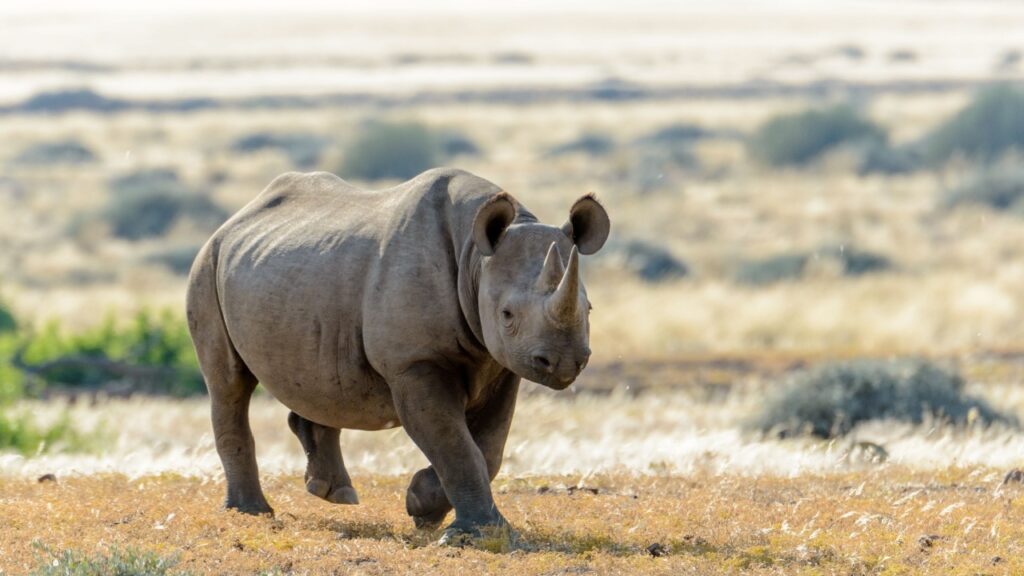
While not predators in the traditional sense, these large herbivores can be deadly to big cats. Mother elephants and rhinos are particularly dangerous when protecting their young. They’ve been known to charge and trample lions that get too close. Their size and strength make them formidable opponents that even the biggest cats avoid when possible.
Dholes
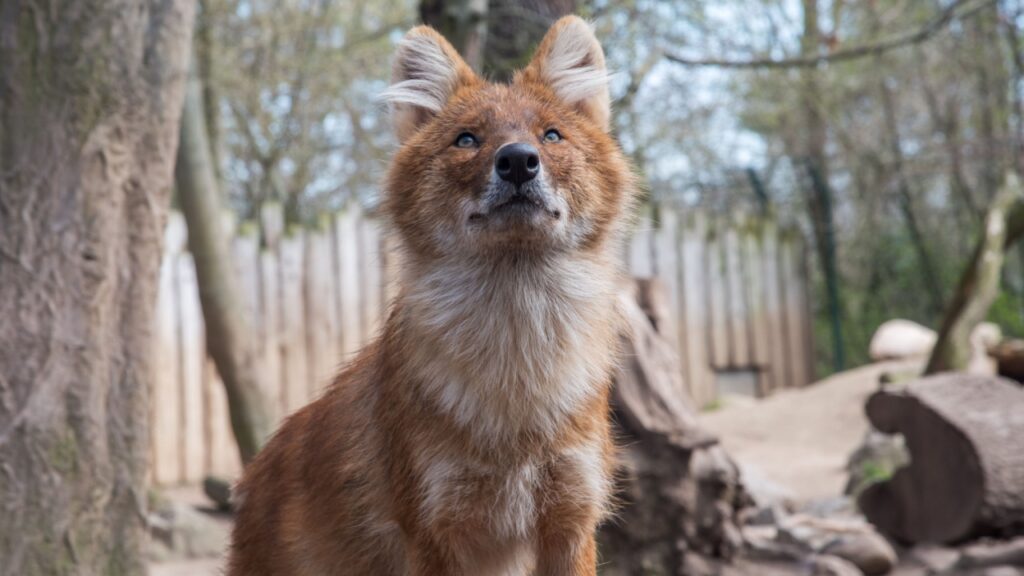
Also known as Asiatic wild dogs, dholes hunt in packs and can take down prey much larger than themselves. In India, they compete with tigers for food and have been known to steal kills from leopards. While they typically avoid adult tigers, they may kill tiger cubs if the opportunity arises.
Vultures
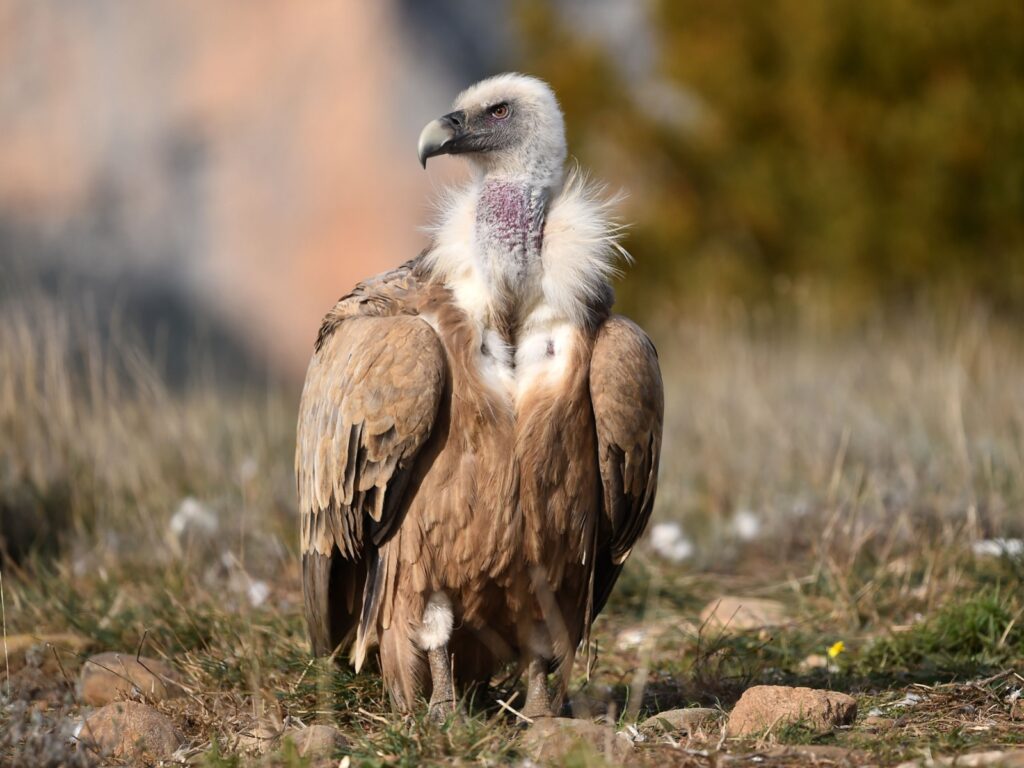
While vultures are scavengers rather than predators, they can pose an indirect threat to big cats. Large groups of vultures can drive a big cat away from its kill, depriving it of a meal. In extreme cases, this competition for food can impact a big cat’s survival, especially in areas where prey is scarce.
Parasites

Internal and external parasites can seriously affect a big cat’s health. Ticks, fleas, and worms drain the animal’s energy and can transmit diseases. Heavy parasite loads can weaken a big cat, making it more vulnerable to other threats or unable to hunt effectively. In severe cases, parasites can even lead to death.
Viruses and Bacteria
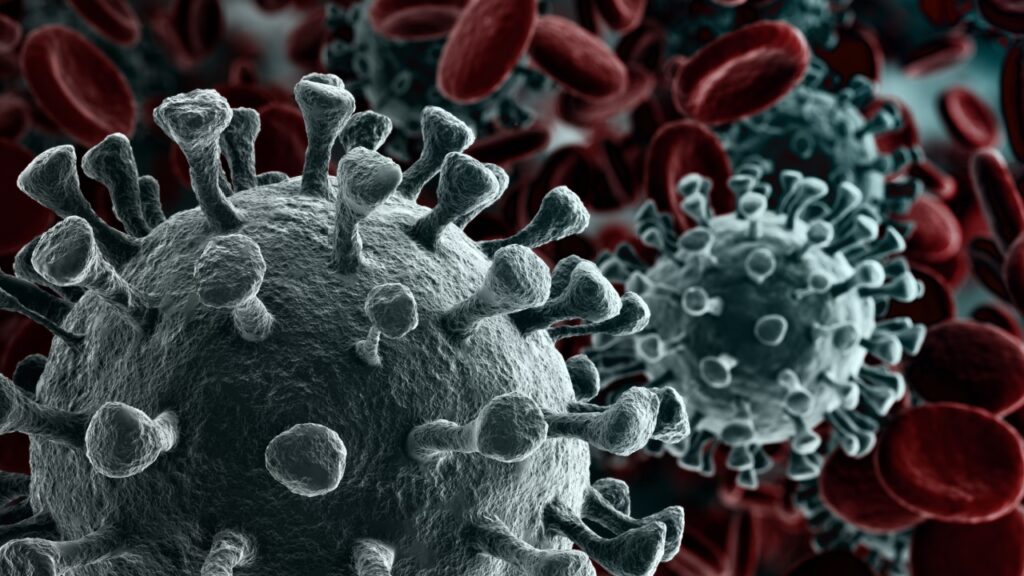
Microscopic predators like viruses and bacteria can be just as deadly as any large animal. Diseases like canine distemper virus have caused significant deaths in lion populations. Anthrax outbreaks have affected tigers in some regions. These invisible threats can sweep through a population, potentially killing more big cats than any visible predator.
Becky is a fervent wildlife enthusiast and pet care expert with a diploma in canine nutrition. Her love for animals stretches beyond the domestic, embracing the wild tapestry of global fauna. With over a decade of experience in animal welfare, Becky lends her expertise to OutlandishOwl through insightful articles, captivating wildlife information, and invaluable guidance on pet nutrition. Her work embodies a deep commitment to understanding the intricate lives of animals and a passion for educating others on sustaining natural habitats. Becky's hands-on conservation efforts and her knack for translating complex dietary science into practical pet feeding tips make her an indispensable voice for creatures great and small.

